“What we really need is a mediator.”
“There’s a long, gory history of baggage between these teams.”
They said it jokingly, but were dead serious. I was sitting at a round, polished walnut table with six executives who were leading the TV Distribution, Finance, and Technology departments at a major entertainment studio. After successfully implementing a complex SAP-IPM system for deals, rights, and contract management across offices in twelve countries, the last and most complicated location remained: US headquarters.
The overarching change challenge was all-too common: giving up a simple, localized in-house solution for a modern, enterprise system. It’s like going from a good ole reliable Ford Fiesta to a flying car: the control panel is much more powerful and sophisticated, and it will take time to learn how to drive (or fly) it.
But the bigger challenge was bringing together high-performing groups that, quite frankly, didn’t really like each other. I worked closely with the cross-functional leaders, their teams, and the technology project team to clarify what needed to change and understand everyone’s viewpoints. From that, I developed a change strategy and plan to document new work processes, responsibilities, and prompt conversations that fostered collaboration and resolved competing interests. By facilitating workshops using tools like simple process mapping, impact heatmaps, and “RACI” (Responsible, Accountable, Consulted, Informed), the teams were able to stay objective and focus on the problem, not the people. They reviewed, discussed, debated, compromised, adjusted, and ultimately co-created their future ways of working.
Most of the kudos go to these leaders for recognizing the need, facing it head on, and creating an environment that produced a successful outcome. But at the close of the project, the Executive Business Sponsor graciously said, “Thanks to Jennifer’s dedication and expertise, we not only achieved our project goal of an on time and on budget go live, but she also laid the foundation for a more agile and collaborative environment moving forward.”
Four years later, it is still the system of record for the wider business, even after an acquisition, a spin-off, and a merger.

